Bolivia
About Gaston-Sacaze DMC
- Specialising in tailor-made travel for individuals and groups, they offer the highest level of service and work with only the most reliable and professional suppliers and guides.
- Experience a complete immersion in Latin American culture on a journey featuring sumptuous natural sites and extraordinary encounters with local people and animals. Discover the unique culture and history of UNESCO World Heritage sites, colonial cities, and archaeological Inca sites.


Gabriel Vargas Von Boeck
Product & Services
- Tailor-made Travel Solutions
- FIT and Group Tours
- Guaranteed Departure Tours
- MICE
- Special Interest Programs
Contact Info
- José María Zalles Street N°938 Zona Sur
- San Miguel, La Paz
- Bolivia
- + 591 78 76 7944
Top Activities
- Be part of Episode 8 of the Star Wars Saga, whilst discovering the largest salt flat in the Word, Salar de Uyuni, with its islands of giant cacti (Incahuasi).
- Visit the most important catholic sanctuary in the country, Copacabana – a place revered as a ceremonial region that is now a catholic sanctuary, representing the synchronicity of ancient traditions and the effects of colonialism.
- Walk among colourful lagoons and deserts never seen before – Red, Green and White Lagoons are waiting for you in one of the most beautiful reserves in the world, the Lipez Region.
- Join a fascinating boat ride and discover the magic of the Aymara cultures on the highest navigable lake in the World, Lake Titicaca.
- Experience the lived traditions of the indigenous people ‘Urus Chipayas’ that have been maintained over thousands of years with only 2000 inhabitants who preserve their millenary traditions.
- Be amazed by the 480,000 square kilometres of Amazonia that offers one the most biologically diverse parks in the World with over 6000 species of flora, Madidi National Park.
- Learn more about The Jesuit Missions of the Chiquitania in Santa Cruz, which have remained intact and continue to marvel visitors even after hundreds of years.
- Stroll through the city of La Paz and take a ride in the highest transportation system in the world, the cable car.
- Discover Tiwanaku, a recognised World Heritage Site and an ancient pre-Columbian city in ruins near the Lake Titicaca.
- Visit the UNESCO World Heritage Site of Samaipata and the Fuerte, a massive sandstone mountain that features exquisite carvings from Incan and pre-Incan Bolivian cultures.
Top Selected Tours
Do you need a quotation or more details?
Did you know this fact?
About Bolivia
Bolivia has evolved in the last years to become today a sustainable tourist destination in which respect for nature is always present, where the connection between the local people and the visitor represents a genuine exchange and a great cultural wealth. Guarding the riches of their ecosystem has allowed Bolivia to position itself as a destination of large wild areas where the fauna and flora are preserved and observed like nowhere else.
The climate of Bolivia varies drastically from one eco-region to the other, from the tropics in the eastern llanos to a polar climate in the western Andes. The summers are warm and humid in the east and dry in the west, with rains that often modify temperatures, humidity, winds, and atmospheric pressure, yielding very different climates in different areas.
In Bolivia, people are culturally, racially, and socially diverse, a clear reflection of the over 36 native indigenous groups that have inhabited the country’s various regions for thousands of years, and a result of the historical assimilation of other races over time. Aymara and Quechua (2 million), Chiquitano (180,000) and Guaraní (125,000) are the four largest of Bolivia’s indigenous ethnic groups. Bolivia also has a small Afro Bolivian segment in the Yungas region.
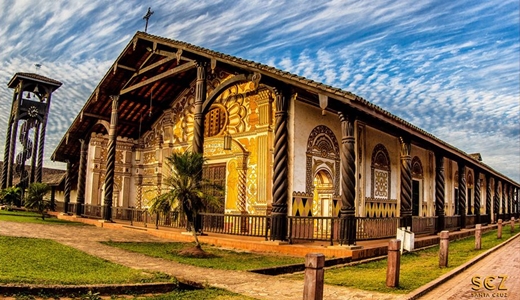

Uyuni Salt Flat
The world’s largest salt flat with an area of nearly 11,000 km², near the crest of the Andes at an elevation of 3,656 m above sea level. Every November, the Salar de Uyuni is the breeding ground for three South American species of flamingo that feed on local brine shrimps: the Chilean, Andean, and rare James’s flamingos. During the rainy season (From November to March) the water accumulates on the Salar and creates a giant mirror that perfectly reflects the sky and clouds and allows visitors to play with the optical illusions caused by a lack of horizon.

The Lipez Region
Probably the most impressive area in terms of landscapes, the Lipez Region is not only home to the wonderful ‘Salar de Uyuni’; a huge salt desert trapped amongst the highest of the Andean volcanoes, but also The Eduardo Avaroa natural reserve. Located in South Lipez the reserve sits at 4,000 m above sea level and plays host to tremendous, coloured lagoons in the middle of a lunar landscape. In this region, visitors can discover magnificent White, Green and Red Lagoons, the incredible ‘Siloli Desert’ which is populated with strange and natural sculptures, as well as the ‘Geysers Sol de Mañana’, the famous ‘Rock Tree’, and many other highlights.

Lake Titicaca (Sun & Moon Islands)
The mythical cradle of the Tahuantinsuyo Empire, Lake Titicaca, is the highest navigable lake in the world at 3,809m above sea level. According to the legend, the first Inca, Manco Cápac and his wife Mama Ocllo, emerged from Lake Titicaca sent by their father, the Sun God, to find their Empire. The 214 cubic miles (893 km) of sacred waters are divided almost equally between Bolivia and Peru. On a cruise here, visitors will discover ‘Isla del Sol’ (Sun Island), one of the most sacred places of the Inca empire and home to the Pilkokaina (place where the bird rests), an impressive archaeological site on the shore of the island.
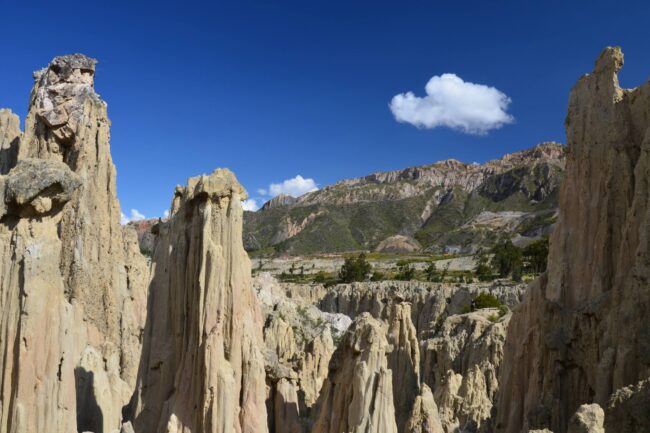
La Paz City
Lost among the highest Andean summits, La Paz will surprise you with its geography, culture, and atypical pace of life. It provides a particular atmosphere, like being out of time, where both modernity and indigenous authenticity show one of the most impressive backgrounds of syncretism. Discover the Plaza Murillo, La Paz’s main square for governmental and legislative functions or visit the Mercado de las Brujas (Witches Market) where you will be taken through the many streets of the market where ceremonial artifacts for rituals are sold, among many artisan objects and figures.

Valle de la Luna
The Valle de la Luna or ‘Valley of the Moon’ is an incredible geological formation located about 10 km away from the urban centre of La Paz. En route to the southern region of la Paz, as you head towards the Valle de la Luna, the road exiting the central part offers visitors the reality of a city in the mountains by exhibiting rural and seemingly uninhabited landscapes. It is said that Neil Armstrong himself named this enigmatic place as the ‘Valley of the Moon’ when visiting in 1969 because of its great resemblance to the craters that he saw on his trip to the moon.
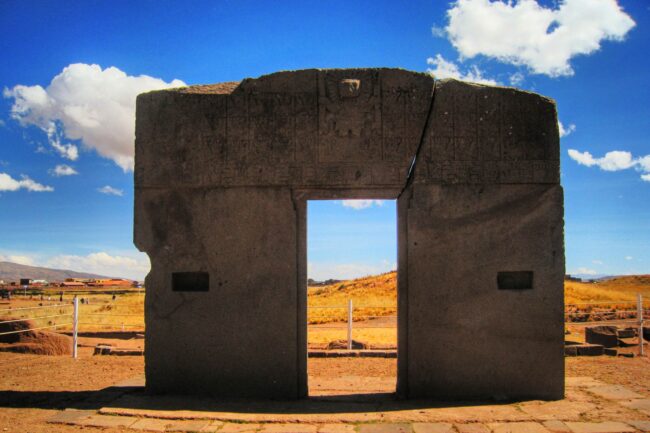
Tiwanaku
Recognised as one of the 754 World Heritage Sites and considered the Stonehenge of the Americas, the ruin city Tiwanaku is one of the most important precursors to the Inca Empire. It remains an enigma for specialists regarding the appearance or disappearance of these ruins. Here, one can discover The Akapana pyramid, the largest building in Tiwanaku, which is considered to be a temple dedicated to the Sun God. Another attraction here is Pumapunku, a terraced earthen mound that is paved with blocks, best known for its massive stones and for the extraordinary precision of their cutting and placement. The most important monument in Tiwanaku however, is the Puerta del Sol (Gate of the Sun).
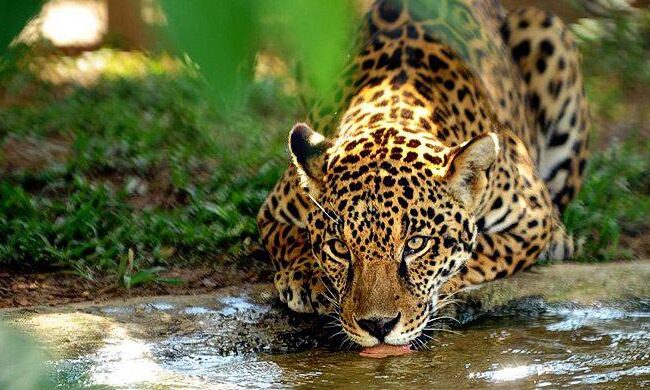
Amazon Region
One of the must-sees whilst travelling in South America is the Amazon Basin and fortunately this is one of Bolivia’s largest and most breath-taking regions. Packed full of incredible wildlife, flora, and fauna, spending at least a few days here roaming the jungle is an experience of a lifetime for those visiting Bolivia. Top of the list for visitors is the fascinating Parque Nacional Madidi; a National Park with an area of nearly 19,000 square kilometres. This is one the most biologically diverse parks in the world, with an abundance of mountains, forests, and river habitats, as well as more than 1000 species of neotropical birds, over 5000 superior plants, 44% of all new world species of mammals, and an estimated 38% of neotropical amphibians.
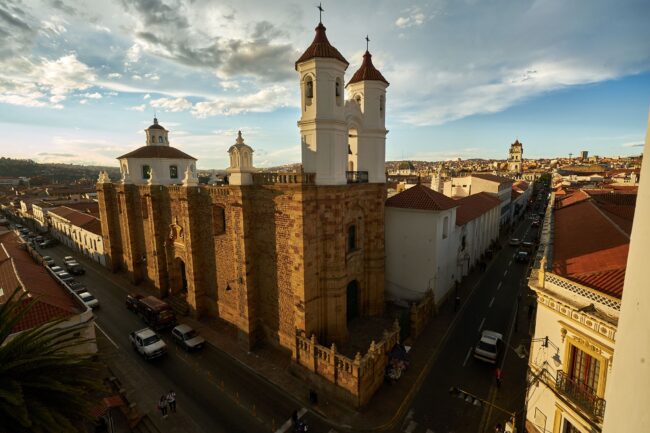
Sucre
Nicknamed ‘The White City’ Sucre is a city in the southern highlands of Bolivia, it is the capital of Bolivia, the capital of the Chuquisaca Department and the 6th most populated city in Bolivia. Top of the highlights list for Sucre is the whitewashed Casa de la Libertad, where Bolivia’s Declaration of Independence was signed, it houses galleries related to the city’s past as the national capital. The region is also a cultural crossroad for the indigenous communities who maintain a strong identity, many still using the Quechua language (an indigenous language spoken by the Quechua peoples). The architectural heritage and the millenarian history of the Charcas region has led to Sucre’s designation as a UNESCO World Heritage Site.
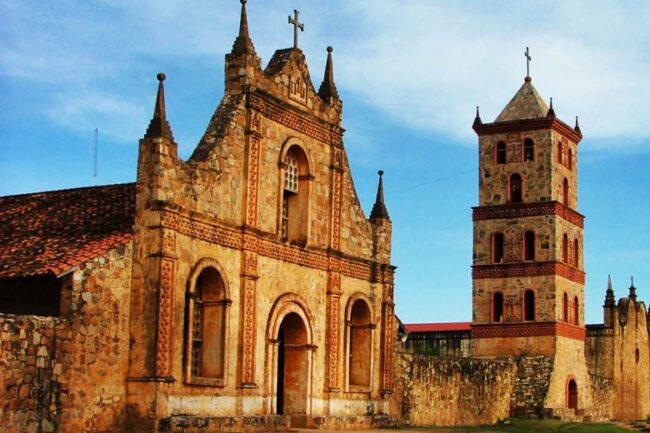
Jesuit Mission in Santa Cruz
The plains of Chiquitos are among the most revered places in the department of Santa Cruz for its cultural and natural value, it offers a beautiful evergreen landscape. Here one can find the Jesuit Missions of Chiquitos, designated as a UNESCO World Heritage Site in 1990. The churches that have been rebuilt here are a stunning architectural Jesuit representation of the Mestizo Baroque style. Together, they are home to an impressive collective of more than 500 baroque music scores: a precious legacy of their colonial history.
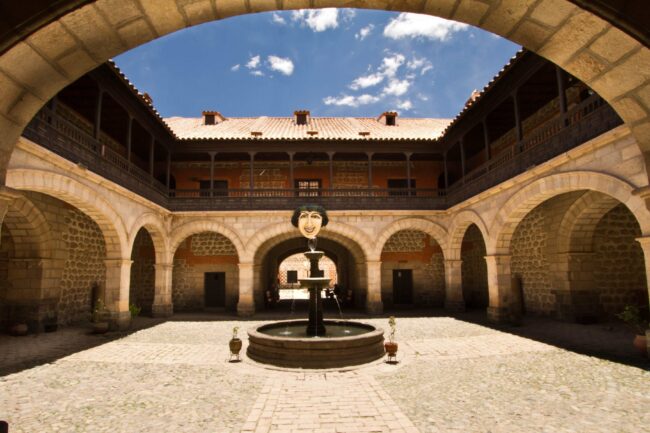
Potosi
Also called the Imperial City of Charles V, Potosi is a colonial city with an extremely rich history. It is the second highest city in Bolivia, after El Alto (4150m), and the first Bolivian city to be declared a UNESCO World Heritage Site. Potosi offers visitors a different perspective on colonial history and legacy. A highlight for many visitors is the ‘Real Casa de Moneda’ (Mint of Potosí). Build between 1753 and 1773, this institution was instrumental in the development and sustainability of the Spanish Crown. Today, visitors can enjoy a museum that has different galleries dedicated to paint, art, history, and machinery used to fabricate coins.
